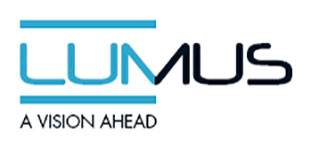Comprehensive Workspace Calibration for Visuo-Haptic Augmented Reality
SCHEDULE INFORMATION
| Event Title | Session Title | Chair | Room | Start | End |
|---|---|---|---|---|---|
| Reconstruction and Fusion | Reconstruction and Fusion | Walterio Mayol-Cuevas, Bristol University | HS1 | 11 Sep, 2014 10:00 AM | 11 Sep, 2014 12:45 PM |
Abstract:
Visuo-haptic augmented reality systems enable users to see and touch digital
information that is embedded in the real world. Precise co-location of
computer graphics and the haptic stylus is necessary to provide a realistic
user experience. PHANToM haptic devices are often used in such systems to
provide haptic feedback. They consist of two interlinked joints, whose angles
define the position of the haptic stylus and three sensors at the gimbal to
sense its orientation. Previous work has focused on calibration procedures
that align the haptic workspace within a global reference coordinate system
and developing algorithms that compensate the non-linear position error,
caused by inaccuracies in the joint angle sensors. In this paper, we present
an improved workspace calibration that additionally compensates for errors in
the gimbal sensors. This enables us to also align the orientation of the
haptic stylus with high precision. To reduce the required time for
calibration and to increase the sampling coverage, we utilize time-delay
estimation to temporally align external sensor readings. This enables users
to continuously move the haptic stylus during the calibration process, as
opposed to commonly used point and hold processes. We conducted an evaluation
of the calibration procedure for visuo-haptic augmented reality setups with
two different PHANToMs and two different optical trackers. Our results show a
significant improvement of orientation alignment for both setups over the
previous state of the art calibration procedure. Improved position and
orientation accuracy results in higher fidelity visual and haptic
augmentations, which is crucial for fine-motor tasks in areas including
medical training simulators, assembly planning tools, or rapid prototyping
applications. A user friendly calibration procedure is essential for
real-world applications of VHAR.

















